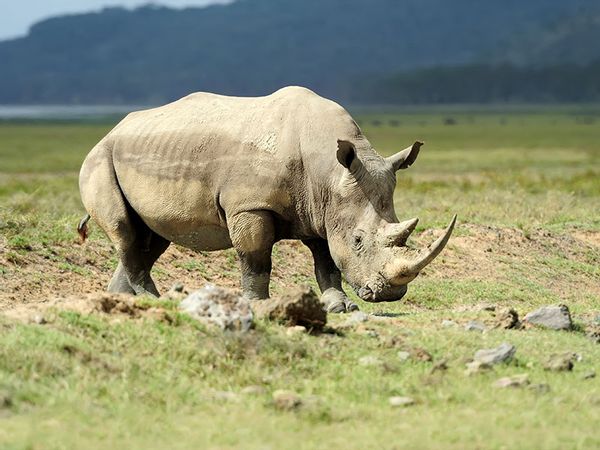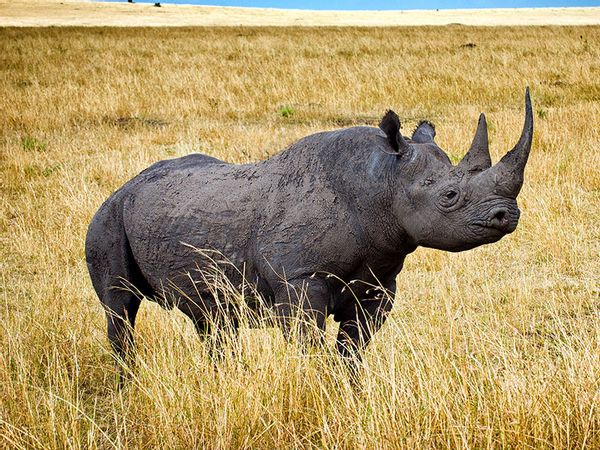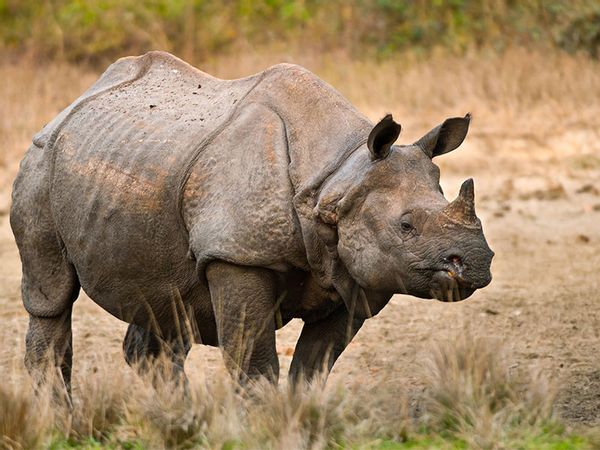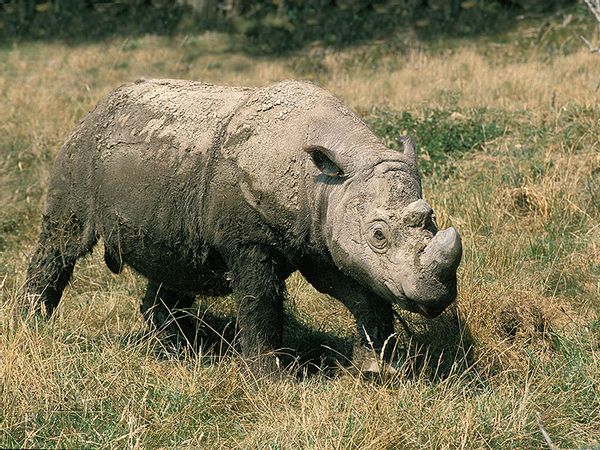
Step into a world where the earth's pulse echoes through the untamed wilderness. A world where towering giants, with their iconic horns, guard an epic narrative of survival against all odds. Welcome to the mesmerizing world of rhinoceros, where creatures so magnificent seem to freely roam straight out of a prehistoric dream. Join us on a journey like no other as we unveil the extraordinary secrets of these majestic beings and the awe-inspiring efforts to ensure their legacy endures in the wild.
Rhinos are indeed the titans of the animal kingdom, characterized by their massive size and remarkable physical attributes. These creatures are equipped with robust bodies covered in thick, armor-like skin. Their most distinctive feature, the horn, is composed of keratin, the same substance found in human hair and nails. Contrary to popular belief, the horn is not ivory but is often poached for its perceived medicinal and ornamental value, driving these animals perilously close to extinction.
Rhinos come in a trio of fascinating flavors, each with its own unique traits and tales to tell. Currently, five species exist, each with unique characteristics but all share a common threat: humans.



The Present Population
At the start of the 20th century, Africa and Asia were home to about 500,000 rhinos. However, due to persistent poaching and habitat loss over several decades, the number of rhinos dropped to 70,000 by 1970. Only about 27,000 rhinos remain in the wild, with very few surviving outside national parks and reserves. Unfortunately, three species of rhino — black, Javan and Sumatran — are critically endangered.
The Javan rhino population is now found in just one national park on the northern tip of the Indonesian island of Java, while a subspecies of the Javan rhino was declared extinct in Vietnam in 2011. On a positive note, greater one-horned (or Indian) rhinos have seen significant population increases from around 200 at the turn of the 20th century to around 3,700 today due to successful conservation efforts. While the greater one-horned rhino is one of Asia's biggest success stories and has moved from endangered to vulnerable status, it remains threatened by poaching for its horn and habitat loss.

Protected sanctuaries in Africa have been successful in reviving the population of southern white rhinos, which were once believed to be extinct. Despite this success, the western black and northern white rhinos have recently gone extinct in the wild. The only remaining northern white rhinos are kept under 24-hour surveillance at Ol Pejeta Conservancy in Kenya.
Black rhinos have witnessed a doubling in their numbers over the last two decades, increasing from less than 2,500 individuals. However, the total number of black rhinos is still a small fraction of what it used to be in the early 20th century, estimated to be around 100,000.
A tragic interplay of human activities and environmental factors has primarily driven the decline in the overall rhino population. Foremost among these is rampant poaching for their horns, which are falsely believed to possess medicinal properties and are highly valued in illegal markets. This relentless demand for rhino horn has led to a devastating surge in illegal hunting, killing these majestic creatures. Additionally, habitat loss and fragmentation due to agriculture, urbanization and infrastructure development have encroached upon rhino habitats, leaving them with limited space to roam and find food.
Climate change and associated factors like prolonged droughts and altered vegetation patterns have also impacted their habitat and access to water sources. Combating these multifaceted challenges is paramount to ensuring the survival of rhino populations worldwide.
The plight of rhinos serves as a poignant reminder of the urgent need for collective action in conservation. Their decline, fueled by the dual threats of poaching and habitat loss, is a stark warning of the consequences of human disregard for our natural world.
However, as renowned conservationist Jane Goodall aptly said, "What you do makes a difference, and you have to decide what kind of difference you want to make." We all have a role to play in the preservation of these iconic creatures. By supporting reputable conservation organizations, raising awareness, reporting wildlife crime, advocating for stronger protection measures, reducing our carbon footprint and educating others, we can actively contribute to the survival of rhino populations. In doing so, we ensure the future of these majestic beings and protect the intricate ecosystems they inhabit, leaving a lasting legacy of compassion and stewardship for generations to come.







